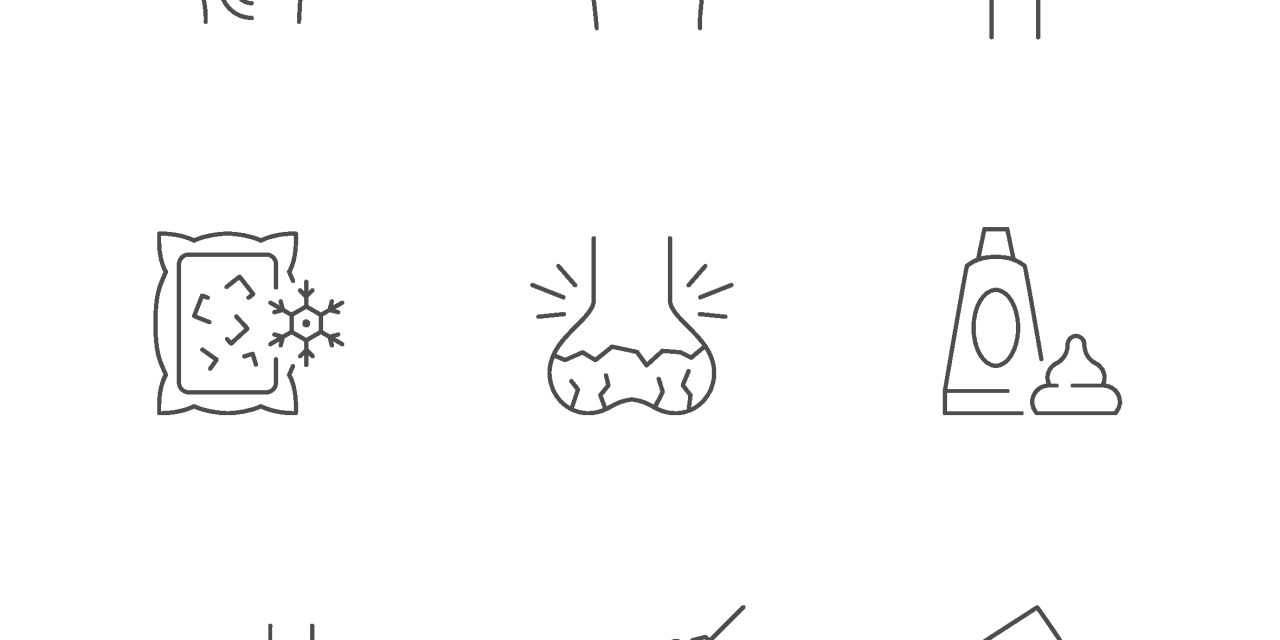To date, there is insufficient knowledge about crescentic glomerulonephritis (cGN), the most frequent immunologic cause of acute kidney injury in children.
Over a period of 16 years, we retrospectively analyzed kidney biopsy results, the clinical course, and laboratory data in 60 pediatric patients diagnosed with cGN.
The underlying diseases were immune complex GN (n = 45/60, 75%), including IgA nephropathy (n = 19/45, 42%), lupus nephritis (n = 10/45, 22%), Henoch-Schoenlein purpura nephritis (n = 7/45, 16%) and post-infectious GN (n = 7/45, 16%), ANCA-associated pauci-immune GN (n = 10/60, 17%), and anti-glomerular basement-membrane GN (n = 1/60, 2%). Patient CKD stages at time of diagnosis and at a median of 362 days (range 237-425) were CKD I: n = 13/n = 29, CKD II: n = 15/n = 9, CKD III: n = 16/n = 7, CKD IV: n = 3/n = 3, CKD V: n = 13/n = 5. Course of cGN was different according to class of cGN, duration of disease from first clinical signs to diagnosis of cGN by biopsy, percentage of crescentic glomeruli, amount of tubular atrophy/interstitial fibrosis and necrosis on renal biopsy, gender, age, nephrotic syndrome, arterial hypertension, dialysis at presentation, and relapse. Forty-eight/60 children were treated with ≥ 5 (methyl-) prednisolone pulses and 53 patients received oral prednis(ol)one in combination with mycophenolate mofetil (n = 20), cyclosporine A (n = 20), and/or cyclophosphamide (n = 6), rituximab (n = 5), azathioprine (n = 2), tacrolimus (n = 1), and plasmapheresis/immunoadsorption (n = 5).
The treatment success of cGN is dependent on early diagnosis and aggressive therapy, as well as on the percentage of crescentic glomeruli on renal biopsy and on the underlying type of cGN. CsA and MMF seem to be effective alternatives to cyclophosphamide.
Crescentic glomerulonephritis in children.


